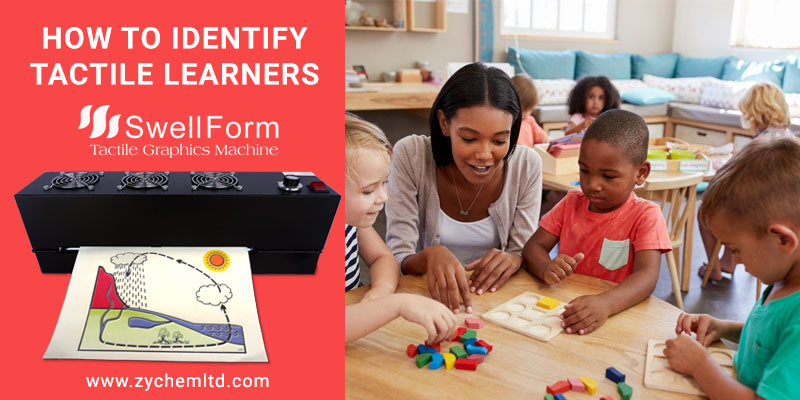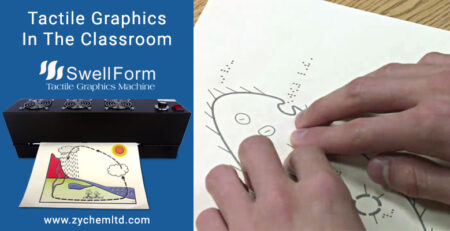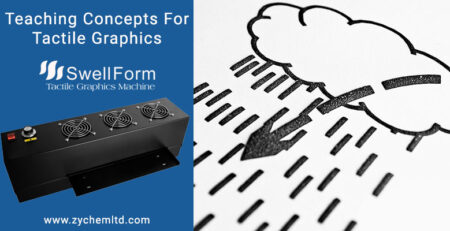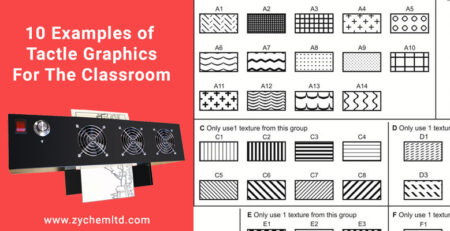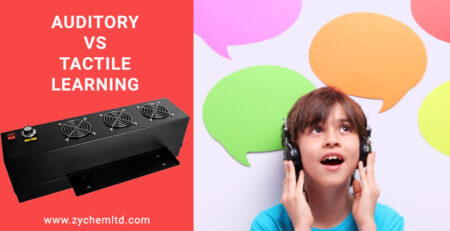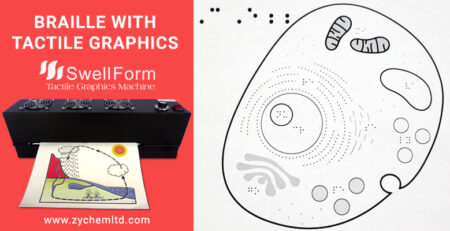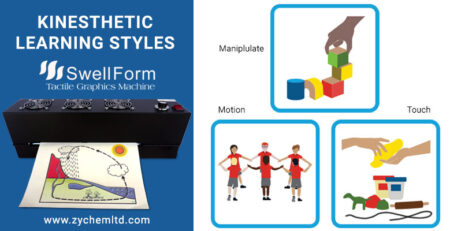Teachers and parents can identify if a student or their child is a tactile learner by observing their behavior and preferences in the classroom or while at play.
While some students may naturally gravitate towards tactile learning, it is important to note that visually impaired students often rely heavily on tactile learning to understand various types of information, even if they are not intrinsically tactile learners.
Here are 8 common indicators you can use to help identify tactile learners who do not have a visual impairment:
Thriving in hands-on activities:
Tactile learners excel in activities that involve physical manipulation, such as experiments, art projects, or building models. They are actively engaged when they can touch and interact with materials.
Excessive pressure while writing:
Tactile learners may bear down hard when writing or drawing, as they seek to feel the texture and pressure of the writing instrument on the paper.
Effective note-taking:
Tactile learners often remember information better when they take notes by hand rather than relying solely on auditory or visual input. The act of writing helps them process and retain information.
Fidgeting or manipulating objects:
Tactile learners may fidget, play with small items in their pockets, or use objects like stress balls or fidget toys during learning activities. These actions help them maintain focus and engage their sense of touch.
Preference for puzzles and mazes:
Tactile learners enjoy activities that involve manipulating objects or solving tactile puzzles. They may demonstrate good spatial reasoning skills and enjoy hands-on problem-solving.
Reluctance to read directions:
Tactile learners may prefer to jump into an activity and figure things out through trial and error rather than reading or listening to lengthy instructions. They learn best by doing.
Need for movement and breaks:
Tactile learners often benefit from frequent movement and breaks during learning sessions. They may become restless or lose focus if required to sit still for extended periods.
Difficulty following verbal instructions:
Tactile learners may struggle to follow purely verbal instructions. They require visual and tactile cues to understand and process information effectively.
By recognizing these characteristics and adjusting teaching strategies accordingly, educators and parents can create a more inclusive and engaging learning environment for tactile learners, including visually impaired students who heavily rely on tactile learning to access and understand information.
The Tactile Library at https://tactilelibrary.com offers free, pre-made and downloadable tactile graphics for anyone to print and use with the Swell Form tactile graphics machine.

